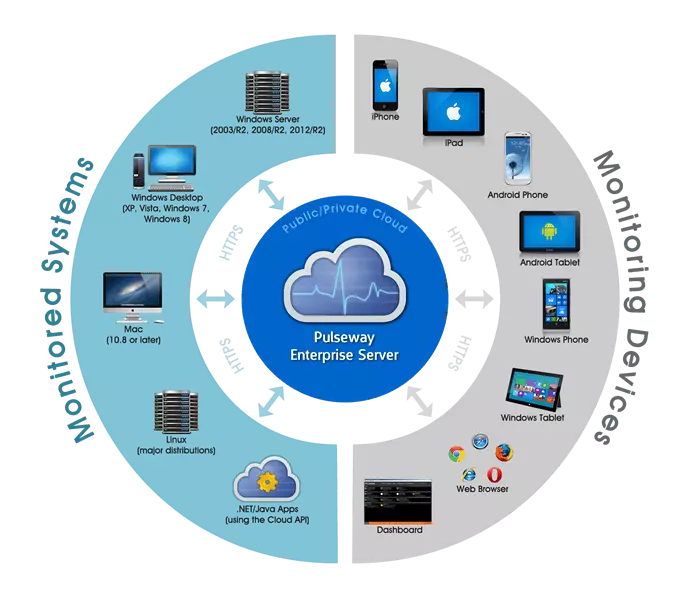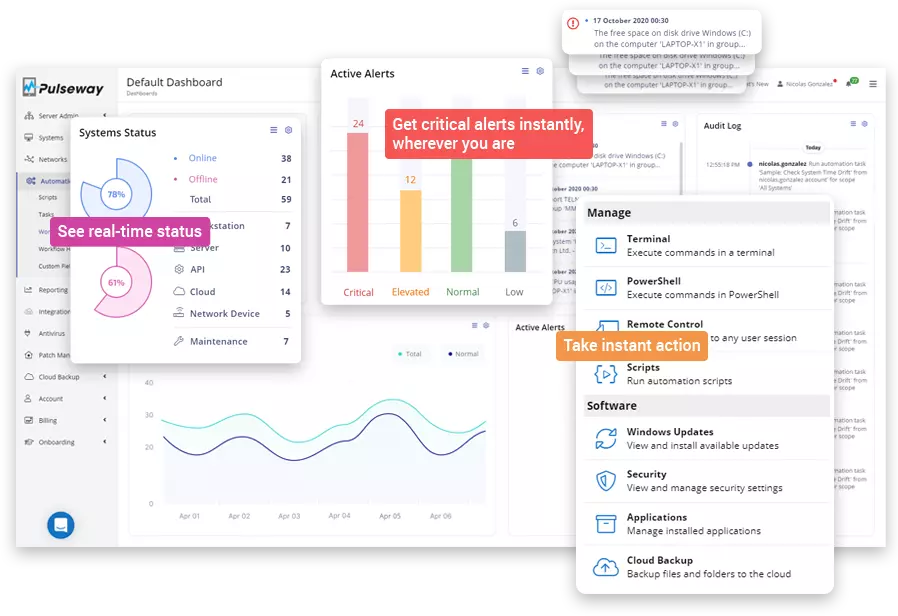Ransomware has been around since 2013, but we’ve seen an exponential increase in ransomware attacks in the past couple of years. In 2021 alone, it is estimated that ransomware has cost organizations globally a total of $20 billion in 2021, almost doubling in 2020.
As businesses suddenly transitioned into working remotely, cybercriminals took this as an opportunity to exploit the vulnerabilities due to employees’ lack of security knowledge. Over the past few years, phishing has become the most common delivery mechanism for cybercriminals to spread ransomware. In 2021, Statista reported that 54% of ransomware attacks were delivered through phishing.
Although businesses are now adopting advanced cybersecurity technologies to fight the war against ransomware, statistics show that in 2021, a business was hit by ransomware every 11 seconds. It’s almost inevitable that every business will experience a ransomware attack sooner or later.
The nature of Ransomware has evolved
With traditional ransomware threats, cybercriminals infiltrate and encrypt the victim’s data and demand a ransom to be paid for the safe restoration. Due to the massive rise in ransomware attacks, businesses have found new ways to adapt and safeguard their data against this threat.
However, cybercriminals have also adapted their ransomware model to add additional layers of extortion in case a victim refuses to pay the ransom. The most common of these modern ransomware threats are double extortion and triple extortion ransomware attacks.
What are double extortion ransomware attacks?
Double extortion attacks are becoming an increasingly common form of ransomware. In this form of attack, cyber criminals breach a victim’s data, encrypt it and threaten to expose or publish the data online unless a ransom payment is made.
The data could be anything from personal customer data to the intellectual property of the victims, which gives cybercriminals leverage over their victim’s businesses. There has been a significant rise in the use of this strategy over the last year with a reported increase of 935% in the damages caused by double extortion attacks.
What are triple extortion ransomware attacks?
Triple extortion attacks are a relatively new strategy of ransomware attacks that came into the spotlight in the past couple of years. In this method, cybercriminals demand a ransom from the initially compromised victims as well as those who are affected by the exposure of that company’s data.
Their targets include businesses that hold highly sensitive data, such as hospitals. Additionally, triple extortion attacks might also involve additional attacks if the victim refuses to pay the ransom.
How Pulseway can help protect businesses against modern ransomware threats

While it’s almost impossible to be completely safe against cyber threats, Pulseway can help businesses reduce the risk of falling victim to ransomware and help them quickly get back up and running in the unfortunate event of an attack.
Monitoring: Pulseway’s RMM enables MSPs and IT administrators, to keep all their systems always monitored, ensuring that any signs of suspicious activity are picked up immediately. In case there is an issue, Pulseway’s remote monitoring solution allows administrators to identify issues without having to be on-site and rectify them immediately.
Patch management: Software vendors periodically release updates or patches to their existing software to fix security vulnerabilities and other bugs. When a vulnerability in software is discovered, cybercriminals try to exploit it which makes it a race against time to patch before an attack happens.
However, it can be very time-consuming to keep track of the patching schedule and ensure that all appropriate devices and OS patches are made on time. With out-of-the-box support for over two hundred software titles, Pulseway’s patch management solution automates the process of installing and updating your software, helping businesses avoid major cybersecurity risks due to patchable vulnerabilities.

Email security: Traditional email security solutions are designed to spot malware. Unfortunately, phishing emails can look innocent and many of them tend to not be detected by these legacy solutions. Pulseway’s email security solution analyses communication patterns to identify suspicious emails. Specifically designed to detect phishing attacks – the most likely cause of ransomware, this solution can help keep employees’ emails safe by scanning them and flagging suspicious emails.
Cloud backup: The vulnerabilities in a cloud-based environment are harder to exploit than that of physical backups. Pulseway’s cloud backup solution not only allows you to store data on the cloud but also allows you to restore previous versions of your files, allowing you to revert to an unencrypted version in the unfortunate event of ransomware attack.